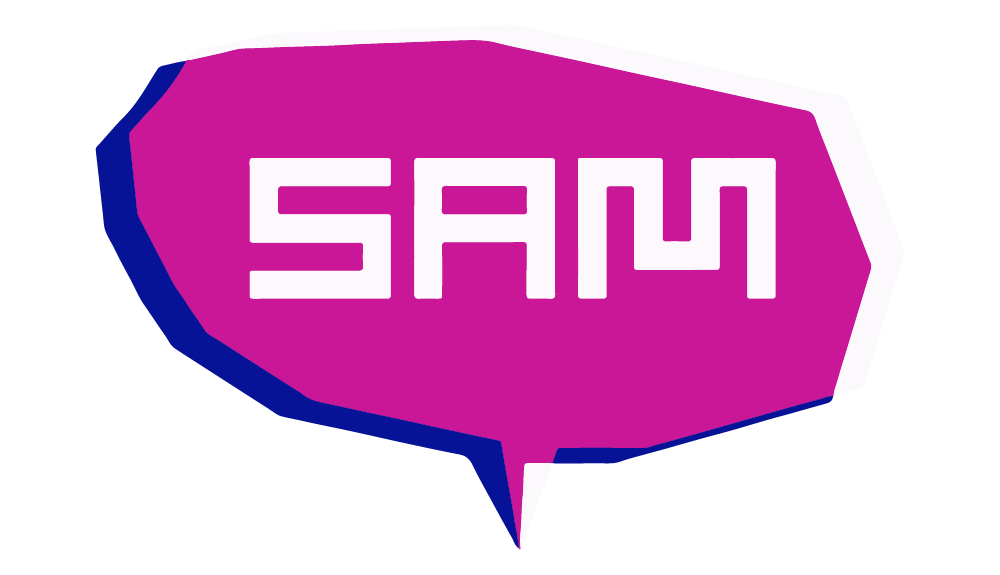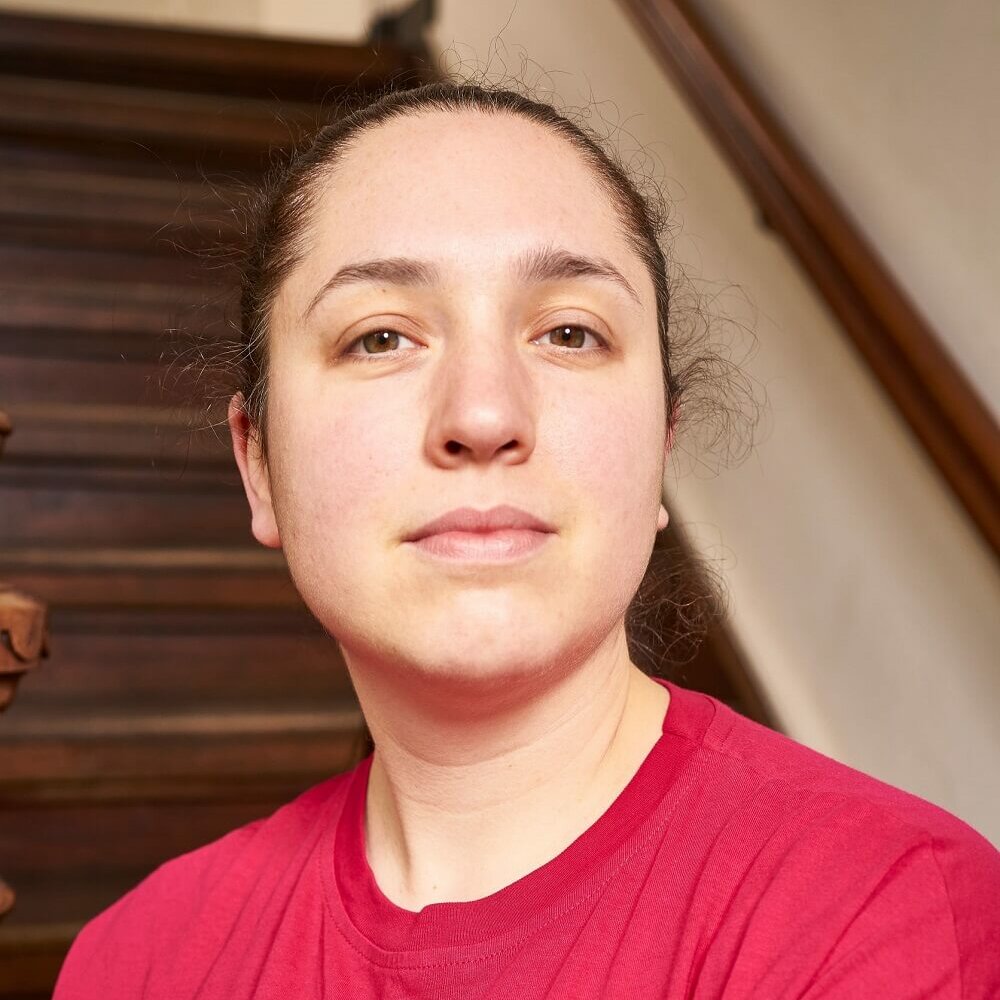How do people decide if something is real? Do you stick to facts? Do you follow your intuition? Do you believe in authority? And when talking about truth, what are we talking about? The truth of facts, the truth of beliefs? Institutional truth? Popular truth or the truth that comes from a personal knowledge of a social media account?
Reality can’t be classifiable in clear binary bricks; it’s a constant mix between personal imaginary, collective myths and sensory perception.
I see these elements as tools with which I can imagine a different course of events and be able to participate in other ways of being.
With my works I aim to mitigate the distance between I and the “other” by experiencing its perspective.
In order to embody the subject I usually put myself in its shoes by literally generating its voice. Like in the video work Fables: where I made animal shaped-household objects tell their own dantesque personal story about which desires or life choices lead them to become the design objects that they are. Making sense of their existence for me and for the viewer with karma-like origin stories.
In the work Colonna Sonora (the italian word for soundtrack that can be literally translated as Sonic Column) I built a “talking pillar” with three speakers from which snippets of pop songs about either feeling high, middle or low were being played in turns. The speaker close to the ceiling is physically and intrinsically high through the words that describe its state; the middle speaker talks about being in between or stuck in the middle followed by the lowest positioned speaker singing about its connection to the ground, by getting low, getting dirty and primal.
When I am not dealing with conventionally inanimate subjects I search for traces of the authors and the belief set behind them. In the work traveling feet and shadow I searched for the visible fragments of the unofficial contributors behind the pictures uploaded to google maps from locations that haven’t been mapped by google for lack of infrastructures, privacy laws or internal conflicts of the countries in question by taking as the central subject of the images not the location but the traces of the authors, residues in the forms of a shadow, a toe or an autonomous arm.
Sometimes the authors are reflected by the objects that they own. In the work Tarot, I perform an absurdist card reading of the future by using the personal credit cards of a volunteer from the public.
The work was inspired by a found wallet on the streets during a residency in Den Helder. It had no money inside yet it was very valuable as it contained somebody’s personal data in the shape of membership cards. Consuming is a fulfillment of certain desires, so by observing this person’s shop choices, almost like an ante litteram analog algorithm, you could have access to somebody’s inner wishes.
Intellectual property is a work where I asked friends and acquaintances to draw from their memories famous fashion brands that I used to make prints on t-shirts. This time the relationship object-subject is psychological. The brand reshapes itself through the memory of the subjects that are translating it through their own subconscious.
I don’t want to be just a witness, a middleman, just point a finger at these relationships but be part of them and instigate a love triangle of which I am an active part of.
I approach every subject with openness by allowing myself to be led by the chain of associations; associations that keep on revealing new meanings and motivations and by being shared with the viewer, that form not fixed stories but possible scripts.

